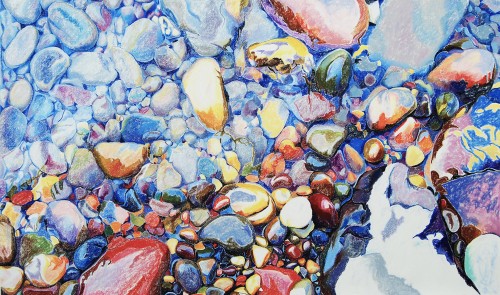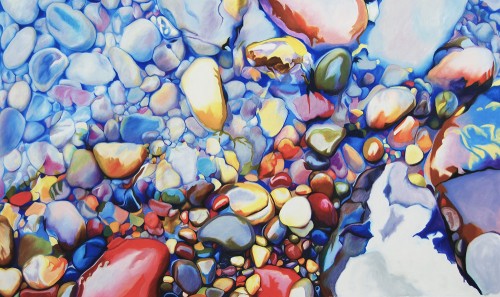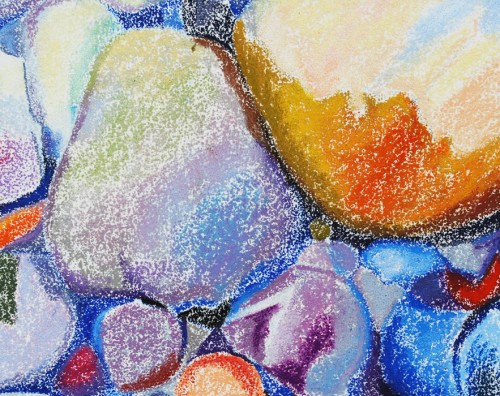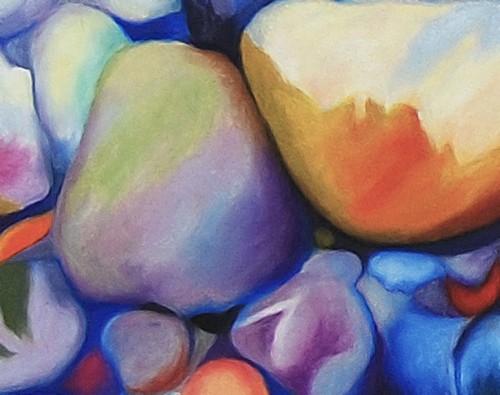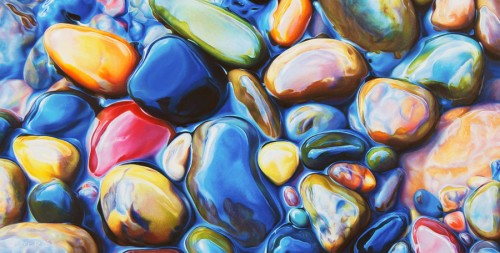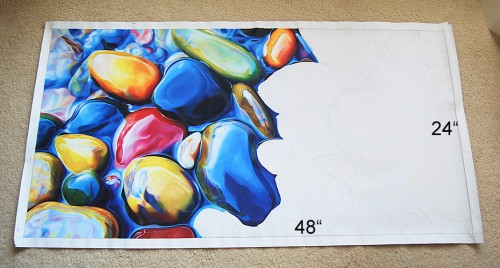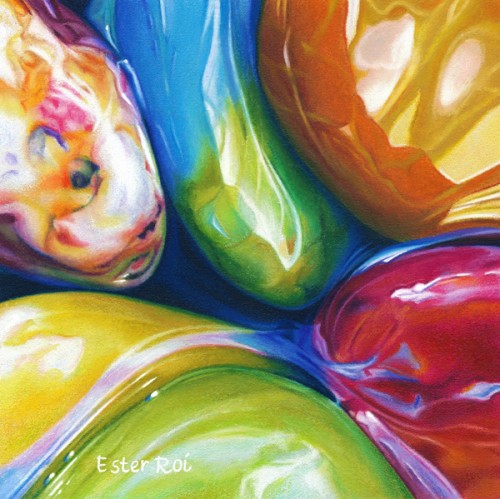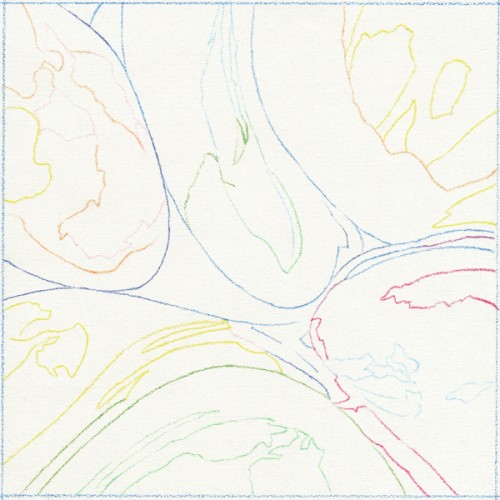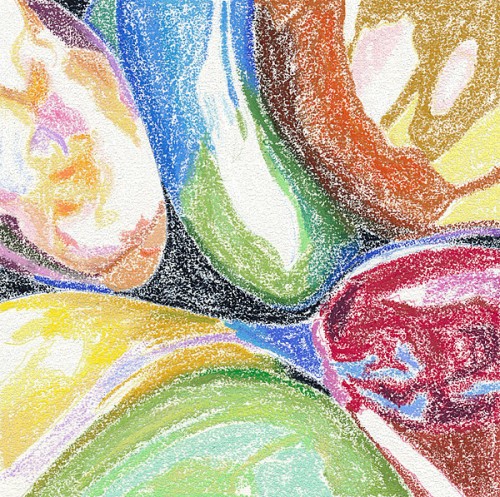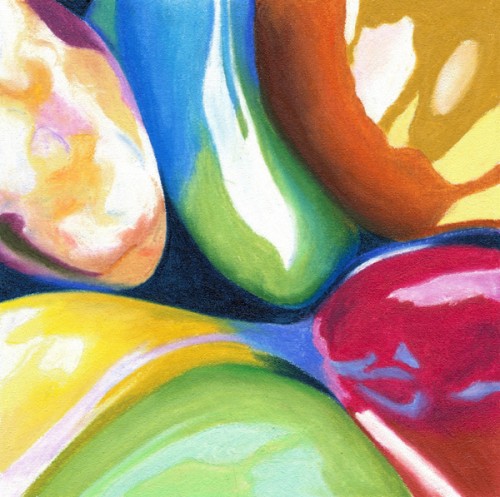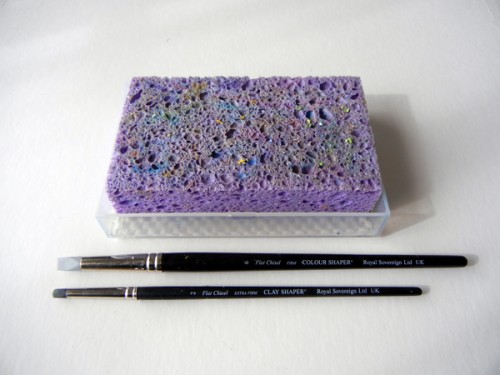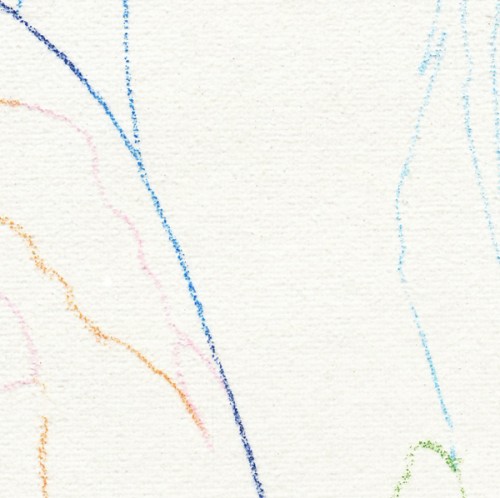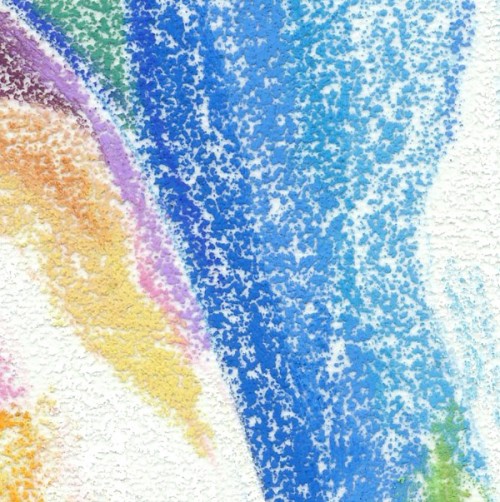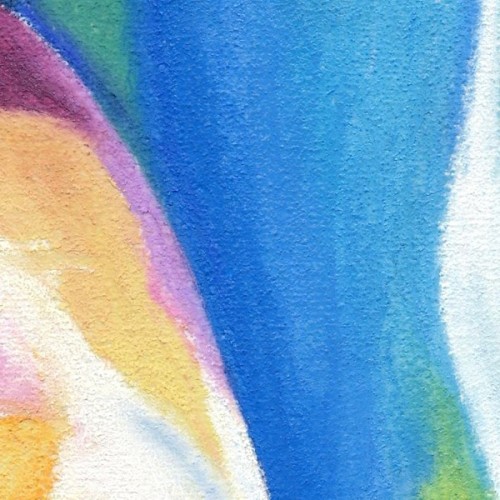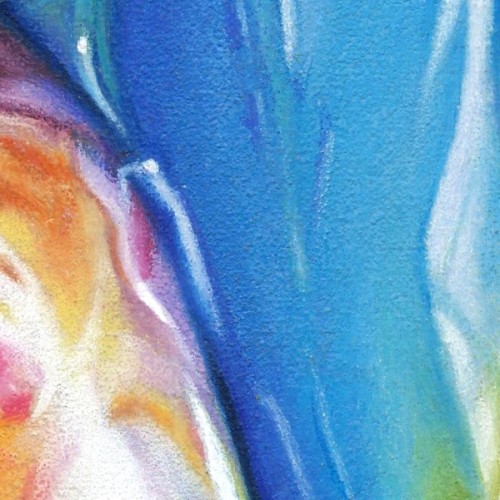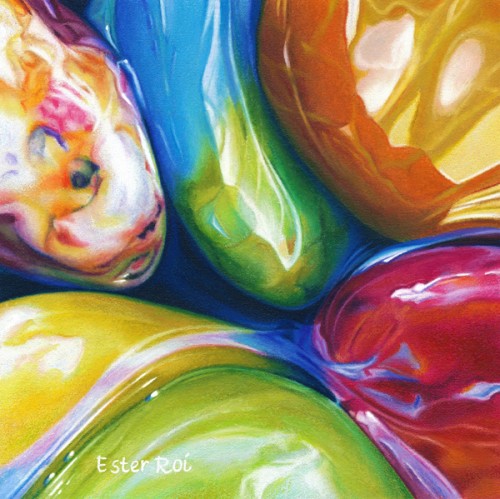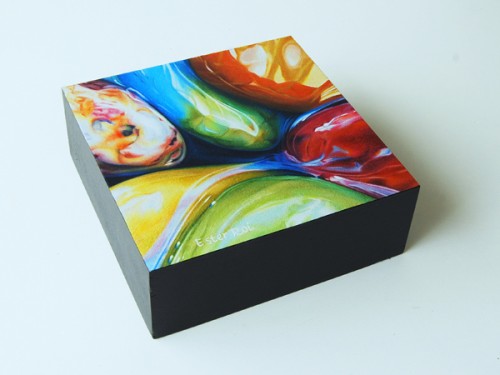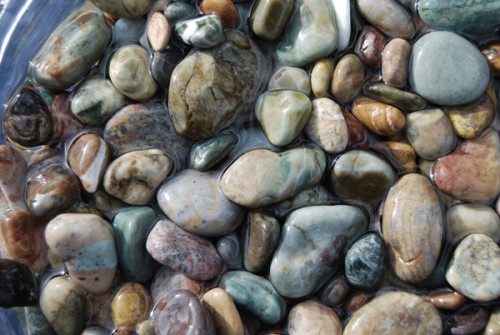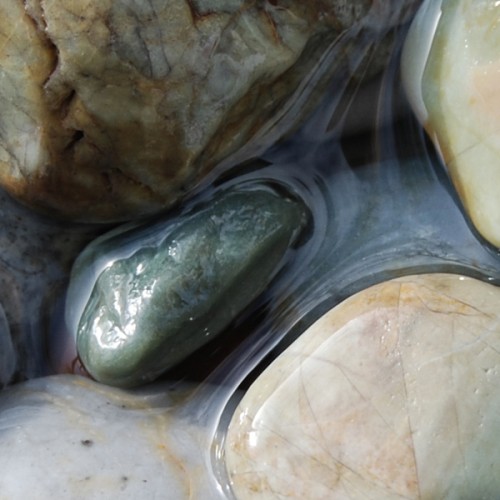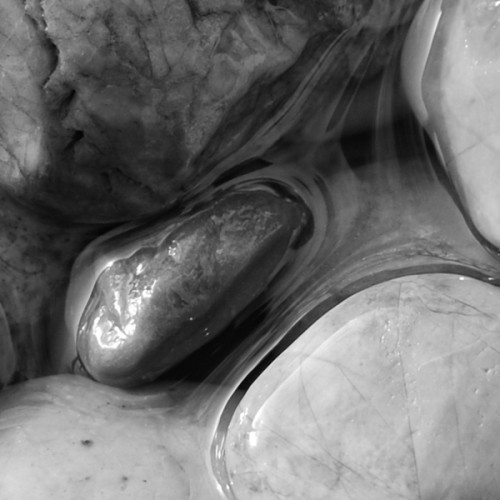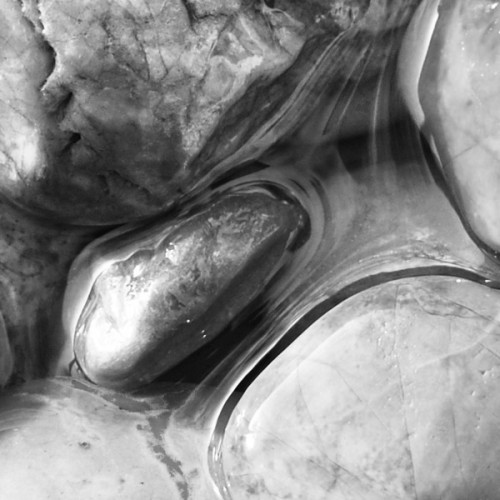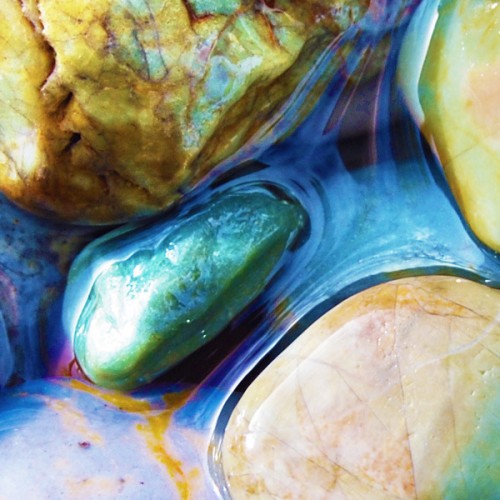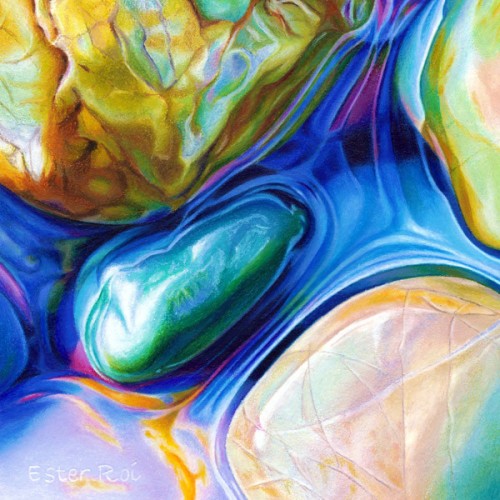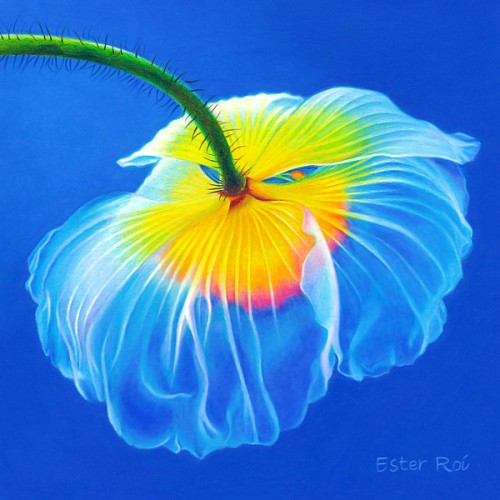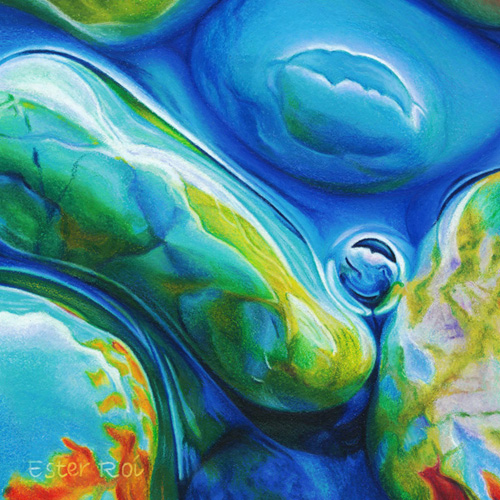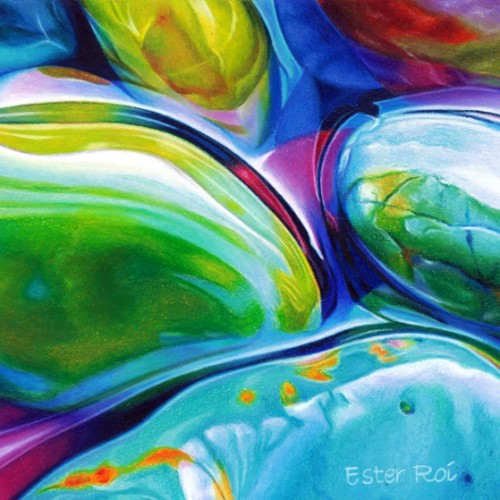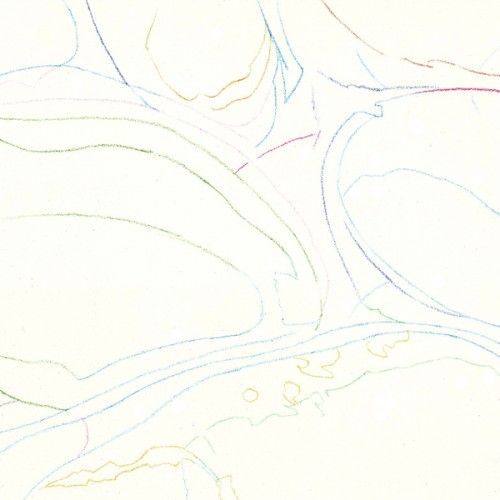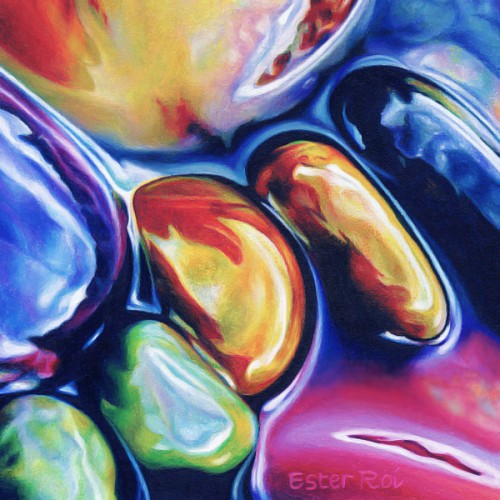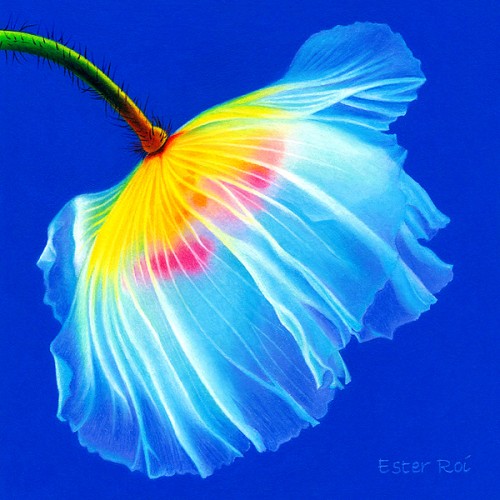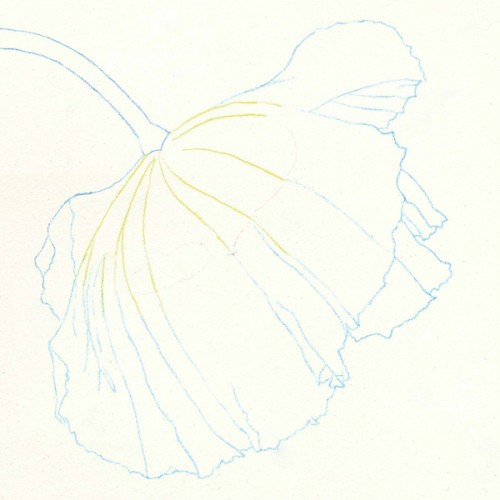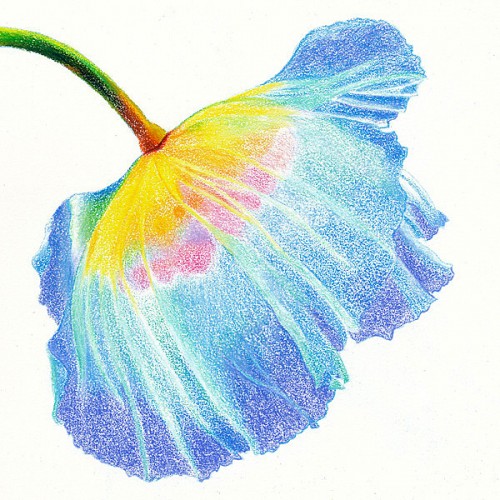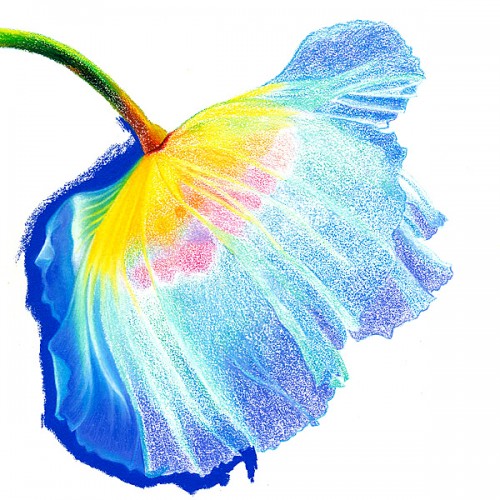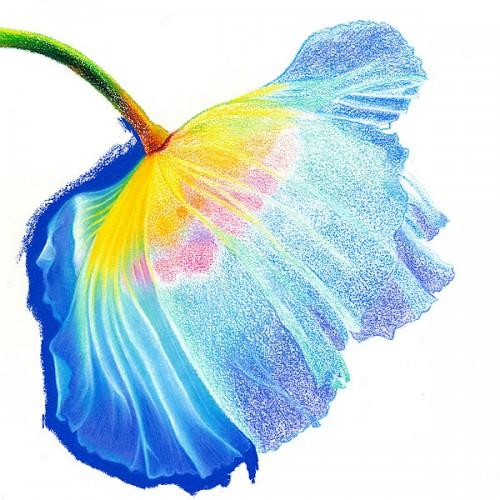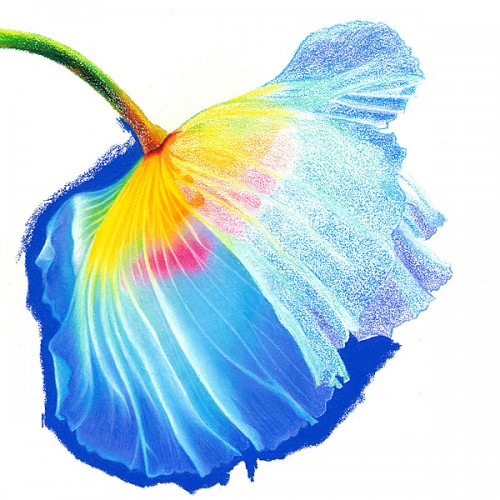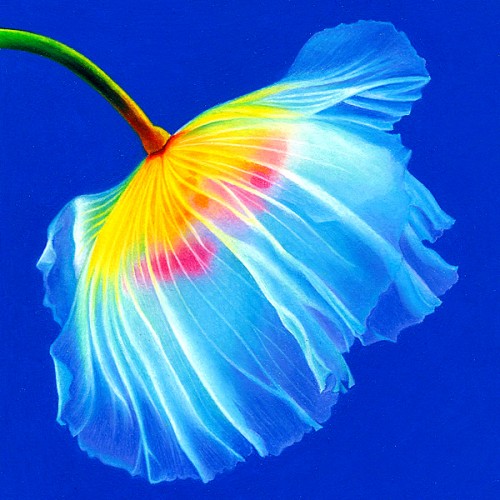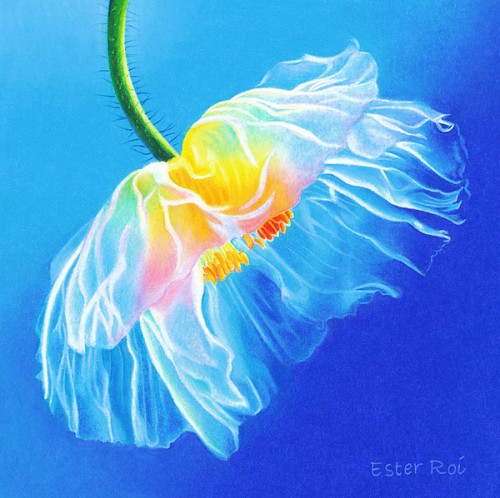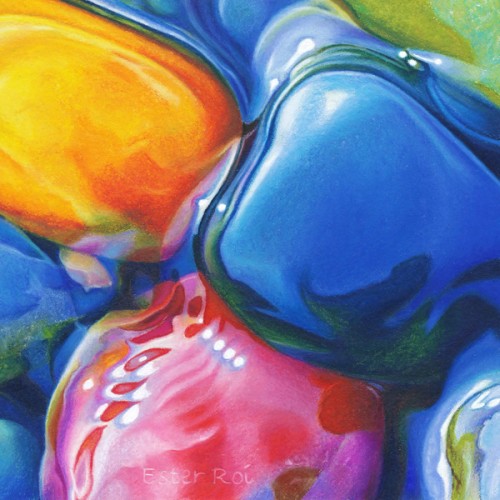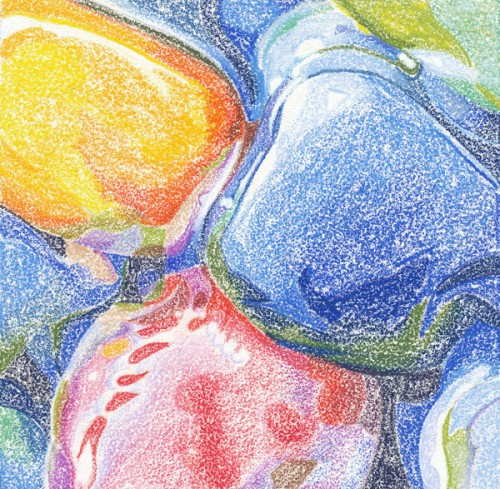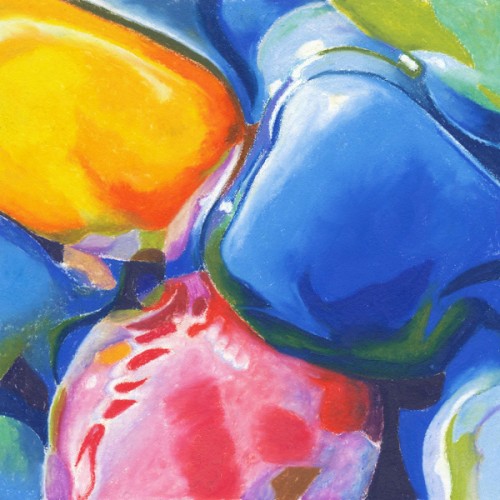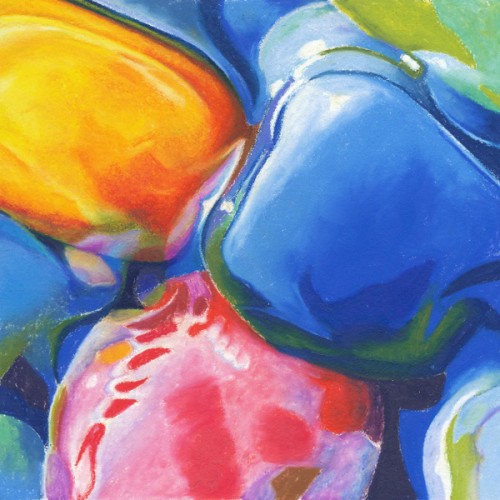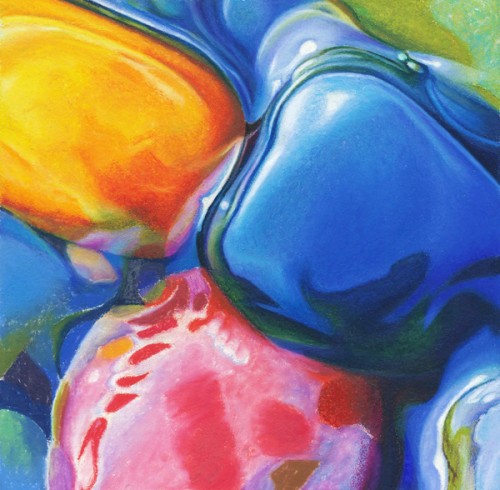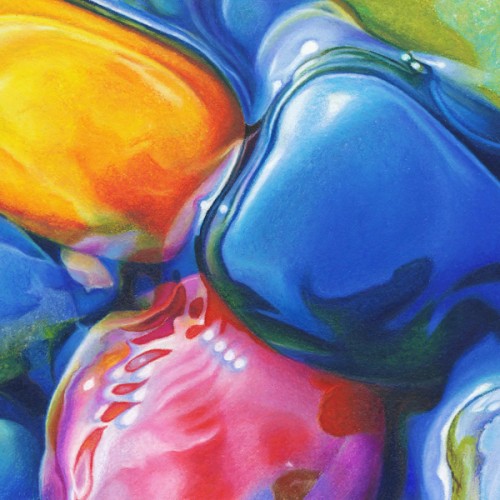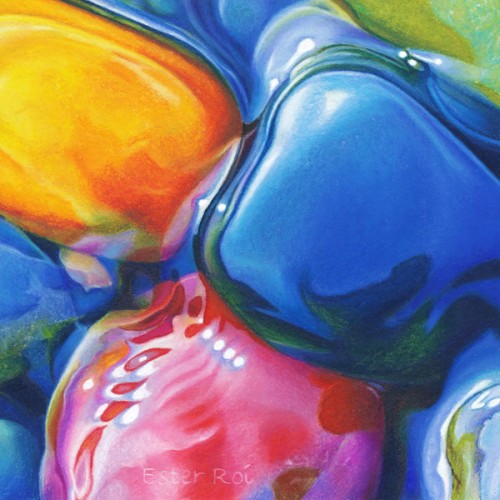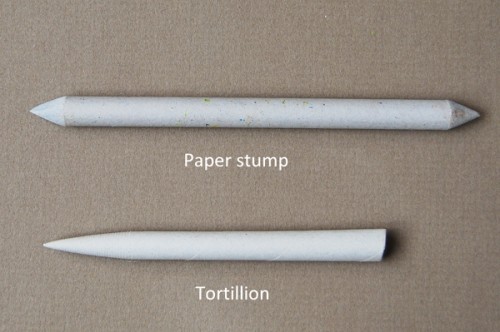Last summer at the Laguna Beach Festival of Arts I had the opportunity to talk to hundreds of visitors and many of them inquired if I had large-scale work available. This rekindled my longstanding desire to create bigger art.
After much experimenting I realized that the best way to accomplish this goal was to find a flexible surface that I could place on top of my Icarus board without damaging it (the surface). I knew that paper was not my best choice because large sheets tend to crease or bend when used on a desk.
I tested various substrates and found that canvas had the flexibility needed for my purpose. I purchased a roll of Caravaggio Extra Fine Double-Primed Cotton Canvas, the finest texture canvas available. Artists who would like to experiment with canvas and the Icarus board for the first time are advised to purchase a portrait-grade stretched canvas, unstaple it from the bars, and then, after the painting is finished, re-stretch it on the same bars.
My first attempt to work large was a 28" x 48" piece, temporarily named The Quarry. I primed the canvas with three coats of Art Spectrum Colourfix Supertooth Primer, clear. This primer helps colored pencil and wax & oil pastel adhere well to the canvas. When I prefer a smoother texture I use the regular Art Spectrum Colourfix Primer, clear instead.
Below you can see the first two passages I accomplished:
As I was getting ready to tackle the third and final passage to develop color, values, and details, I changed my mind about finishing The Quarry and put it temporarily aside.
One of my favorite artwork, In Between (see image below), sold as soon as I posted it on my blog. I had something special planned for that piece!
For that reason, after asking permission to my collector and changing its size, I decided to re-do it four times as big as the original. If you're interested in this topic of making repeats, I suggest you read Robert Genn's newsletter Identical Twins.
Soon I began working on the 24" x 48" twin of In Between. I'm only about half-way done because other more urgent, smaller pieces are taking precedence.
The strategy I'm following with the 'twin' is different than that of The Quarry. Since it's a re-do, I don't feel the need to block-in the whole composition and colors. As you can see from the image below, I'm completing one stone at a time.
Eventually, as I garner more experience with large sized artwork using the Icarus board, I will share with you all the tips and tricks learned along the way.
When I was a little girl my father used to ask me: "Ester, why do you always push the limits?". He was naturally worried! I understand now, because I have a son who's exactly like me.

